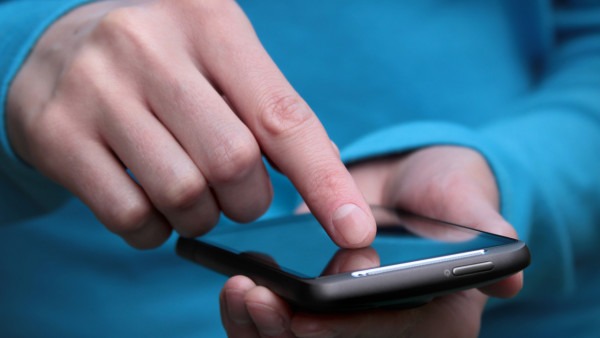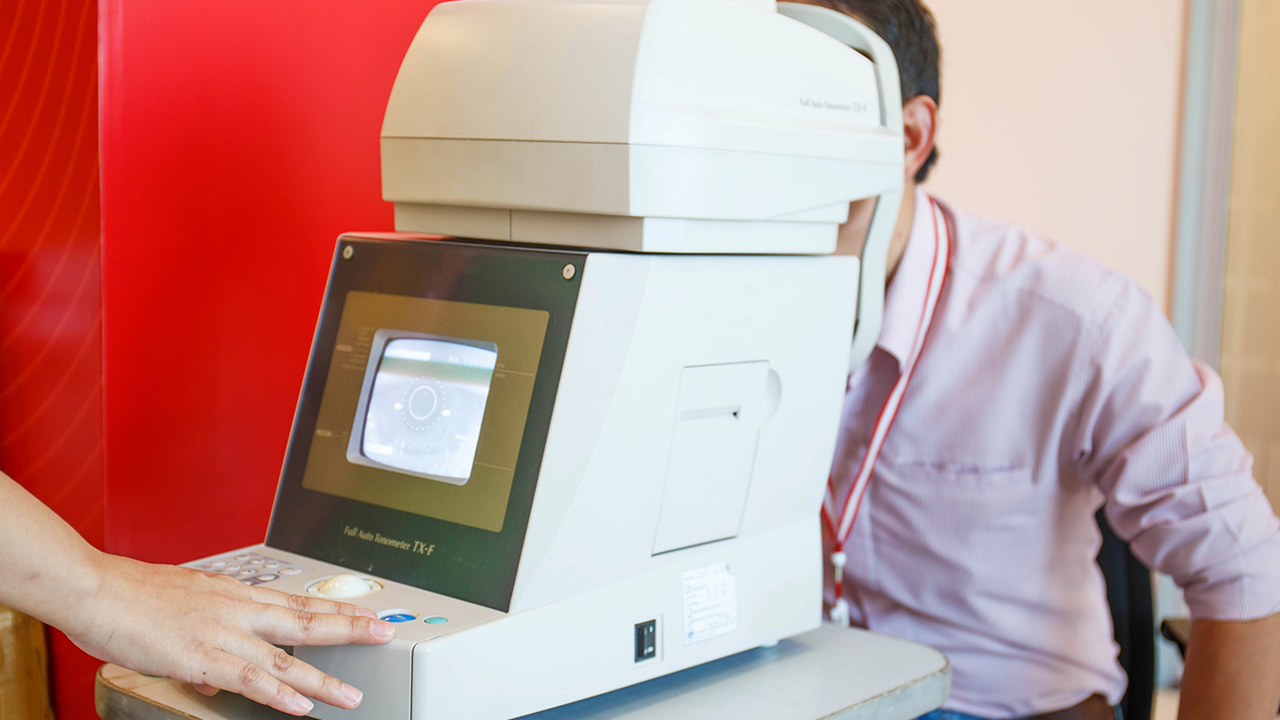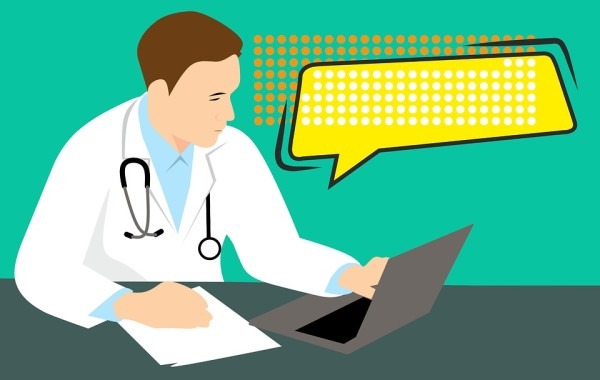How to Avoid Onychomycosis in Children

Onychomycosis is a fungal infection of the nails that can cause them to become discolored, thick, and brittle. It can be a difficult condition to treat, and it can be especially challenging to avoid in children.
What Causes Onychomycosis in Children?
Onychomycosis is caused by a fungus that can live on the skin and nails. The fungus can enter the nail through a small cut or break in the skin. Once the fungus is in the nail, it can start to grow and spread.
How to Avoid Onychomycosis in Children
There are a few things you can do to help prevent your child from getting onychomycosis:
Keep their feet clean and dry. Fungal infections thrive in warm, moist environments, so it's important to keep your child's feet clean and dry. Wash their feet with soap and water every day, and make sure to dry them thoroughly.
Don't share shoes. Fungal infections can be spread through contact with infected shoes. Avoid sharing shoes with your child, and make sure their shoes are always clean and dry.
Cover any open wounds. If your child has any open wounds on their feet, make sure to cover them with a bandage. This will help to prevent the fungus from entering the nail.
Avoid walking barefoot in public places. Fungal infections can be spread through contact with contaminated surfaces. Avoid walking barefoot in public places, such as swimming pools, showers, and locker rooms.
Use antifungal products. There are a number of antifungal products available over-the-counter that can help to prevent onychomycosis. Talk to your doctor about which products are right for your child.
If your child does develop onychomycosis, it's important to see a doctor as soon as possible. Early treatment can help to prevent the infection from spreading and becoming more difficult to treat.
Treatment for Onychomycosis in Children
There are a number of different treatments available for onychomycosis in children. The type of treatment that your doctor recommends will depend on the severity of the infection.
Topical antifungal medications. Topical antifungal medications are applied directly to the affected nail. They are available in a variety of forms, including creams, ointments, and solutions.
Oral antifungal medications. Oral antifungal medications are taken by mouth. They are usually used to treat more severe infections.
Laser therapy. Laser therapy is a non-invasive treatment that uses lasers to kill the fungus. It is a relatively new treatment, but it has shown promise in treating onychomycosis in children.
If your child is being treated for onychomycosis, it is important to follow your doctor's instructions carefully. It is also important to keep the affected nail clean and dry. With proper treatment, most children with onychomycosis will recover completely.
Visit a Dermatologist
If you are concerned about onychomycosis in your child, it is important to see a dermatologist. A dermatologist is a doctor who specializes in the care of the skin, hair, and nails. They can help to diagnose onychomycosis and recommend the best course of treatment.
The above is all the content that the editor wants to share with you. I sincerely hope that these contents can bring some help to your life and health, and I also wish that your life will be happier and happier.
Topic: #avoid #to #how














